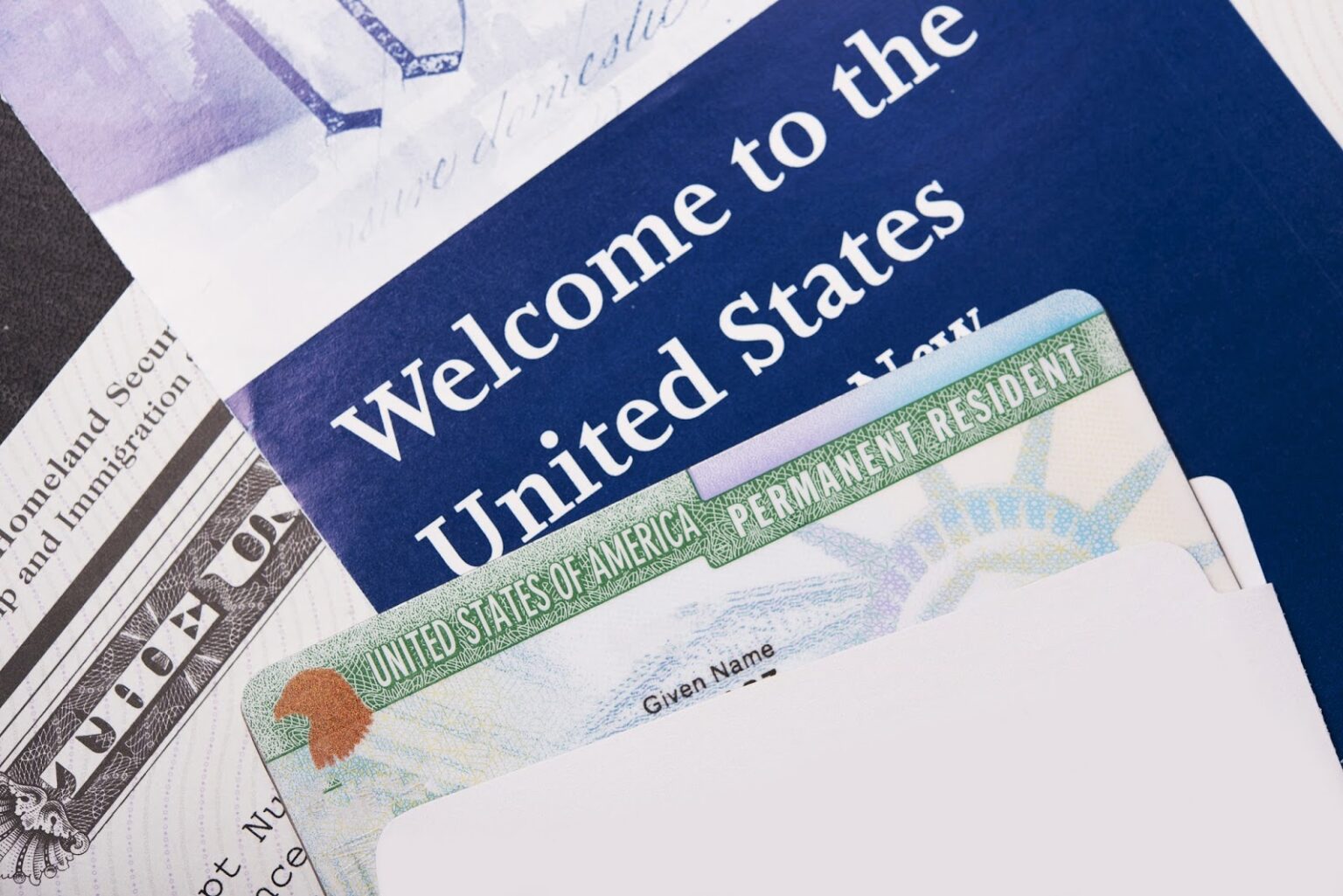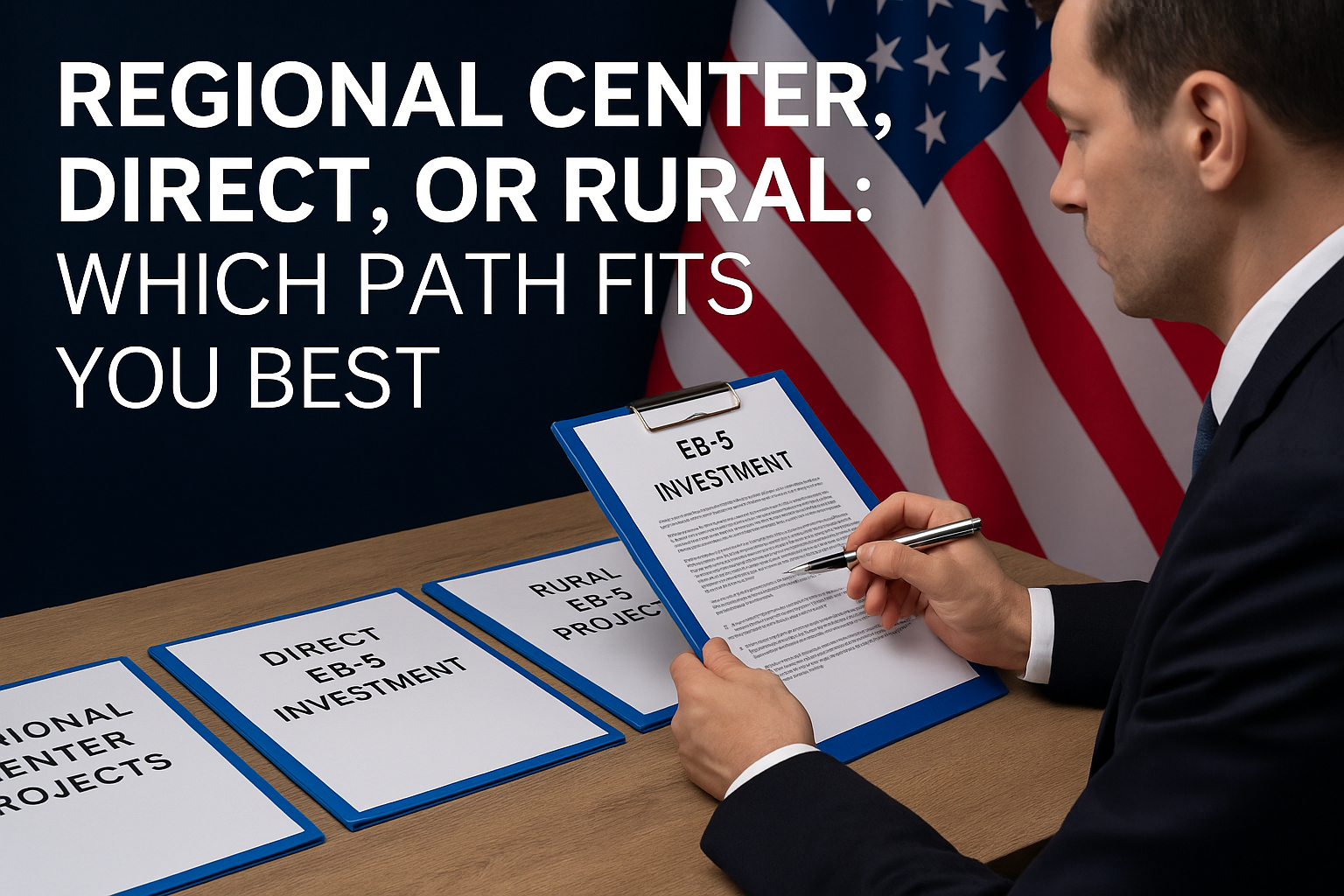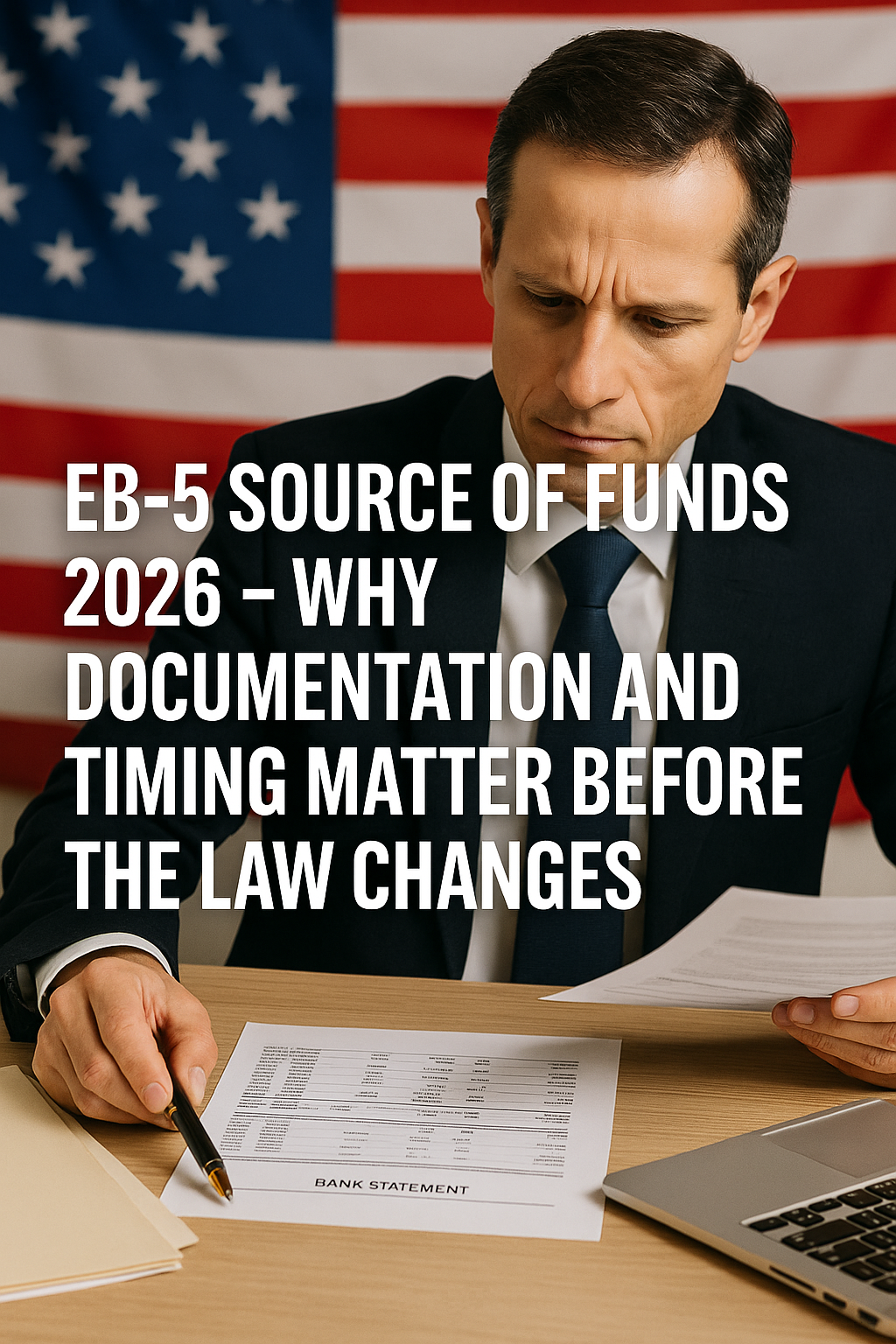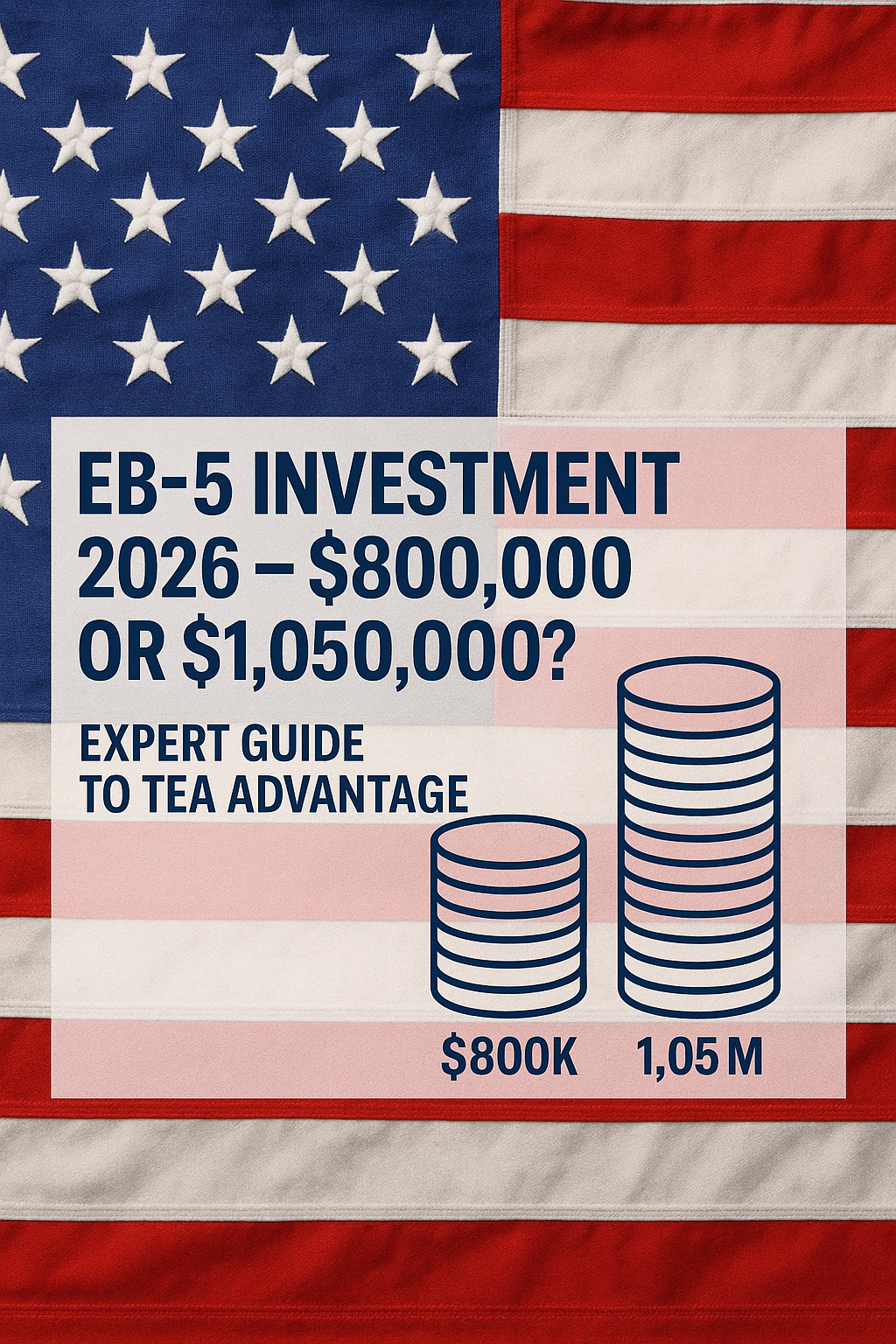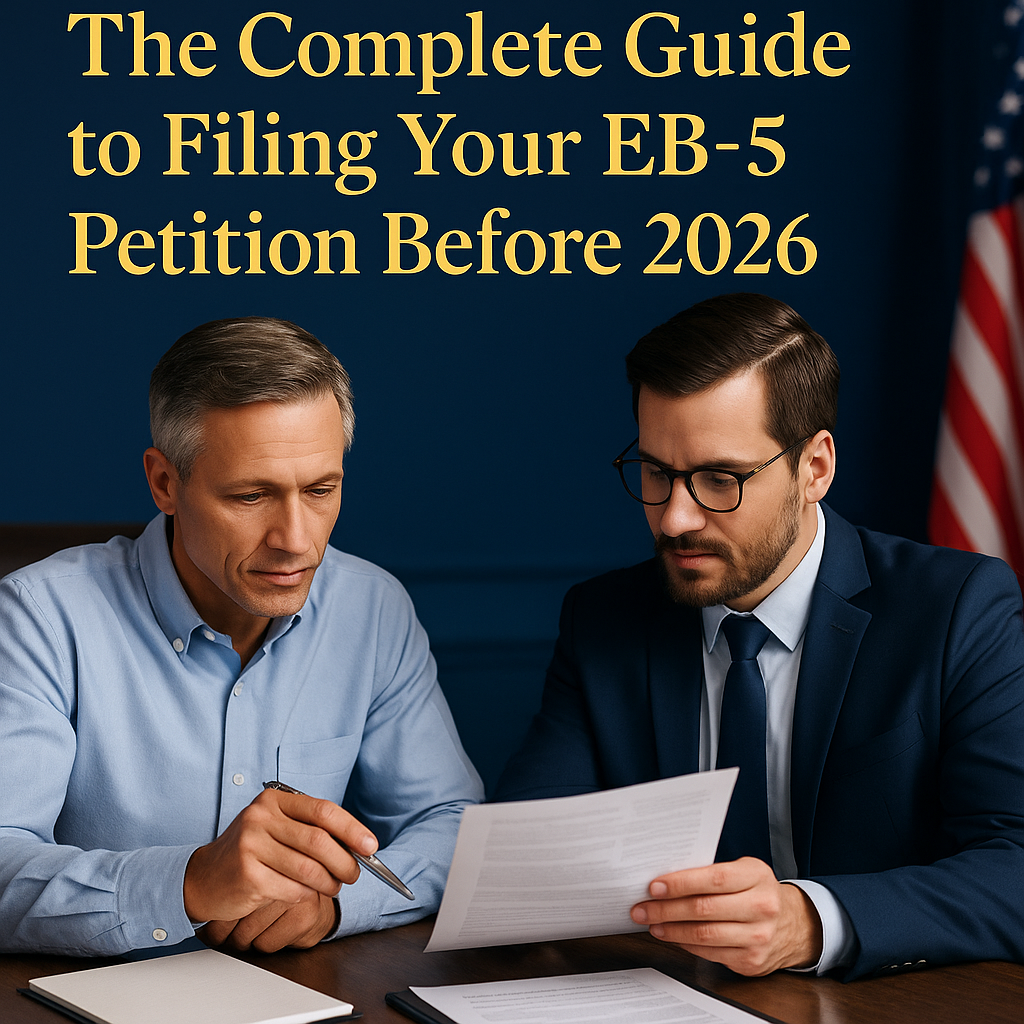Many international students dream of studying in the United States. They arrive with an F-1 visa and a passion for learning. The American educational experience is truly world-class. However, the path from student to resident can seem confusing. The journey is filled with complex rules and deadlines. Many students only know about the most common options. These are often Optional Practical Training (OPT) and the H-1B work visa.
The reality is that various student routes exist within the system. Understanding these lesser-known options is key to a successful strategy. These pathways can offer more flexibility and control over your future. They provide alternatives when popular routes become too competitive. This guide will reveal seven important facts about student pathways. These facts can change how you view your journey through US immigration programs. Knowing this information will empower you to make better decisions for your future in America.
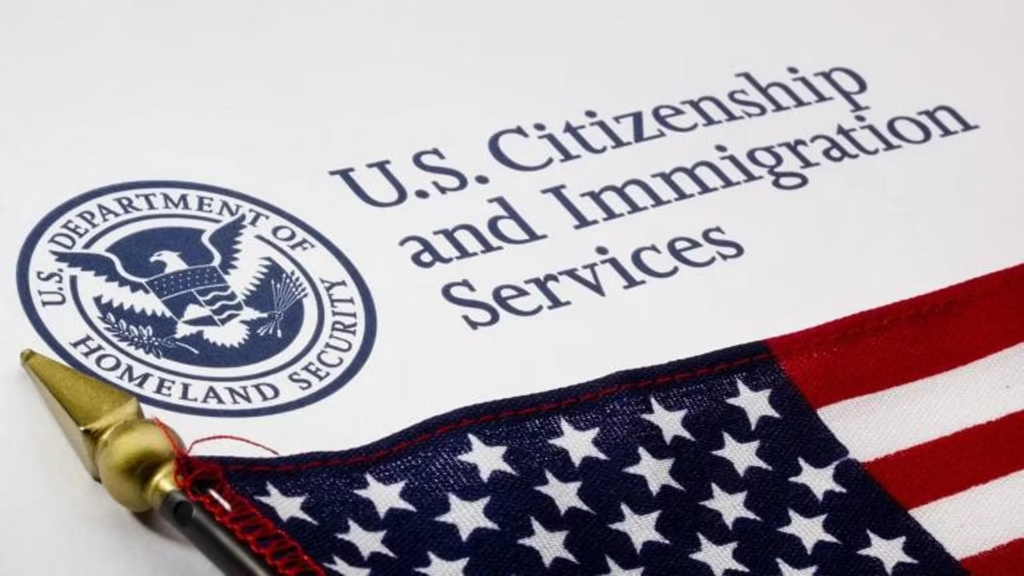
The Power of Self-Petitioning in US Immigration Programs
Many students believe they need an employer to sponsor their green card. This is a very common misconception. The truth is that certain individuals can self-petition. This means you can apply for a green card on your own. You do not need a job offer or company sponsorship. This path offers incredible freedom and control.
Two major green card categories allow for self-petitioning. They are the EB-1A for Extraordinary Ability and the EB-2 National Interest Waiver (NIW).
The EB-1A Extraordinary Ability Green Card
The EB-1A is for individuals at the very top of their field. This could be in sciences, arts, education, business, or athletics. You must prove sustained national or international acclaim. This is done by meeting specific criteria. Examples include major awards, publications, or high salary evidence. For a recent Ph.D. graduate with groundbreaking research, this could be a viable option.
The EB-2 National Interest Waiver (NIW)
The EB-2 NIW is another powerful self-petition option. It is for professionals with advanced degrees or exceptional ability. You must show that your work is in the national interest of the United States. You need to prove that your contributions are significant. Your work must have broad implications for the U.S. economy, health, or culture. This is a popular path for researchers, entrepreneurs, and experts in critical fields. Exploring these self-petition options is a vital step in understanding all available US immigration programs.
Beyond the H-1B Visa Other Work Options Exist
The H-1B visa is famous for its high demand and annual lottery. This makes it a very uncertain path for many graduates. Fortunately, other non-immigrant work visas are available. These alternatives can be a bridge to a green card. You should explore them carefully with an immigration expert.
The O-1 visa is for individuals with extraordinary ability or achievement. It is similar to the EB-1A green card but is a temporary visa. It is widely used in tech, entertainment, and science. Unlike the H-1B, the O-1 visa has no annual cap.
The L-1 visa is for intracompany transferees. This option works if you have worked for a multinational company abroad. The company must have an office in the U.S. They can transfer you to the American branch as a manager, executive, or specialized knowledge employee. This is a great pathway if you have prior work experience.
Strategic Use of CPT and OPT Can Build Your Case
Curricular Practical Training (CPT) and Optional Practical Training (OPT) are more than just work authorizations. They are strategic tools for your immigration journey. CPT allows you to work in a job directly related to your major. This experience is invaluable. It helps you build a professional network. It also strengthens your resume for future visa applications.
Post-completion OPT provides one year of work authorization after you graduate. For those in STEM fields, this can be extended for an additional 24 months. This 36-month total STEM OPT period is a significant advantage. It gives you three chances at the H-1B lottery. It also provides ample time to build a strong profile for a self-petitioned green card. Use this time wisely to gain experience that supports your long-term goals.
The “Cap-Gap” Is a Lifeline for F-1 Students
What happens if your OPT expires before your H-1B visa begins? This period is a major source of anxiety for many students. The “cap-gap” extension was created to solve this problem. It automatically extends your F-1 status and work authorization.
This protection applies if your employer files an H-1B petition for you while your OPT is valid. If your H-1B is selected and approved, your status is extended. You can continue working until the H-1B visa activates on October 1st. This rule prevents a disruptive gap in employment. It is a critical protection within US immigration programs for F-1 students.
Your Field of Study Greatly Impacts Your Options
The subject you choose to study has a massive impact on your immigration path. Students in Science, Technology, Engineering, and Mathematics (STEM) fields have distinct advantages. The primary benefit is the 24-month STEM OPT extension. This extended work period is a significant asset.
Furthermore, professionals in STEM are often in high demand. This makes it easier to find employer sponsorship. Their work is also frequently considered to be in the national interest. This strengthens their case for an EB-2 NIW green card. If you are still choosing a major, consider the long-term immigration implications. A degree in a critical STEM field can open many doors.
Understanding Dual Intent Is Crucial
The concept of “dual intent” is complex but important. Most temporary visas, including the F-1 student visa, require “non-immigrant intent.” This means you must prove your intention to return home after your program ends. You show this during your visa interview.
However, some visas are “dual intent” visas. These include the H-1B and L-1 visas. This means you can have the short-term intent to work temporarily in the U.S. At the same time, you can have the long-term intent to pursue a green card. This is a key legal distinction. It allows you to legally plan your path to permanent residency while on a valid temporary visa. Understanding this helps you navigate conversations with consular officers and USCIS.
Family Ties Can Create New Immigration Pathways
Finally, do not overlook family-based immigration. Your primary focus might be on your career and education. However, life events can open new doors. Marriage to a U.S. citizen is the most direct path to a green card. If you marry a U.S. citizen, they can petition for you. The process is generally faster than employment-based routes.
Even marriage to a green card holder (a lawful permanent resident) provides a pathway. The process takes longer but is still a valid option. If your family situation changes during your time in the U.S., it is important to explore these options. They are a fundamental part of the overall structure of US immigration programs.
Your Strategic Immigration Journey Starts Now
Navigating the American immigration system as a student requires careful planning. It is about more than just getting good grades. It involves making strategic choices about your major, your work experience, and your long-term goals. The path is not limited to the H-1B visa. You have many options. From self-petitioning for a green card to utilizing other work visas, the possibilities are vast.
Understanding the details of the Cap-Gap, STEM OPT, and dual intent can make a huge difference. These elements of US immigration programs are designed to support talented individuals. By exploring all your options, you take control of your future. The journey is complex, but with the right knowledge, it is entirely possible to build a successful life in the United States after your studies. Always consider consulting with an experienced immigration attorney to create a personalized strategy.
Follow us on social media and website for more insights!


